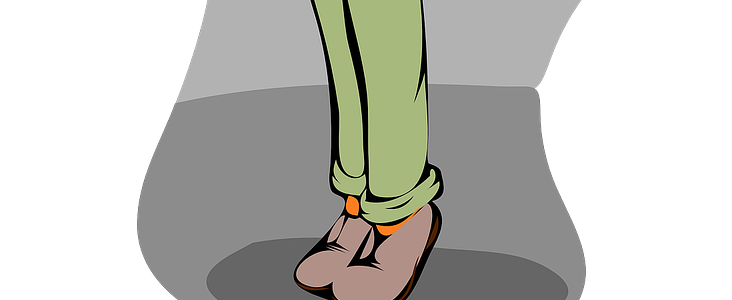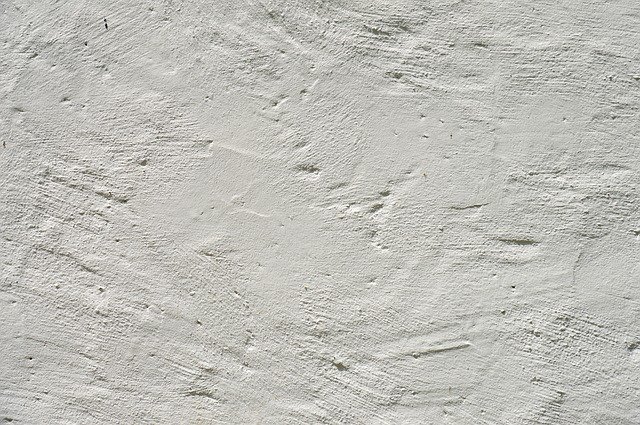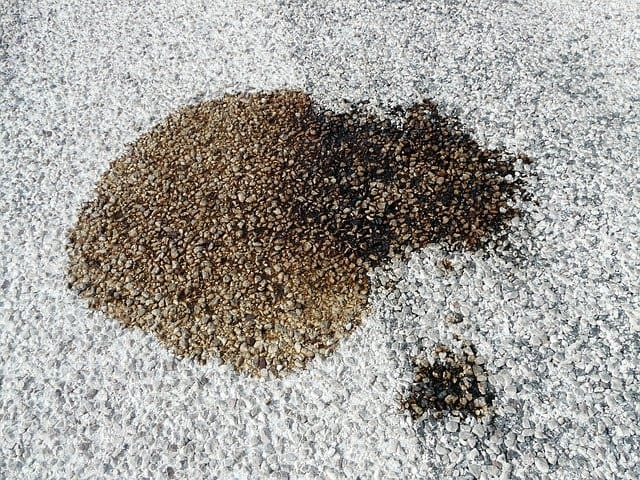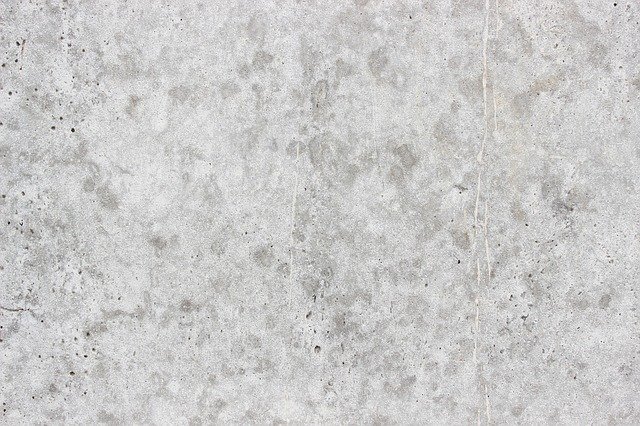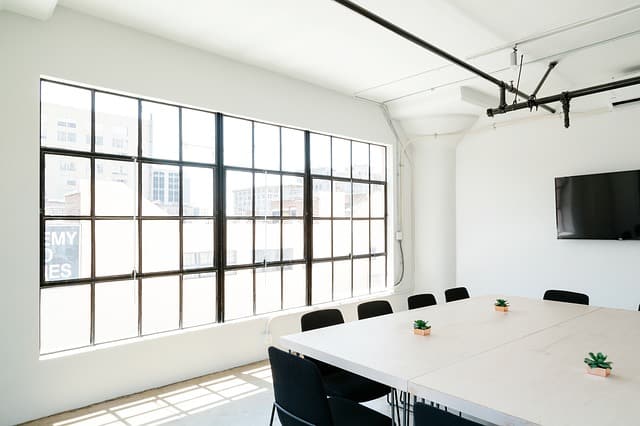Prevent Paint Overspray When Spray Painting
By choosing to use a paint sprayer, you’ll attain a high-quality paint finish if the right procedure and spraying techniques are followed. However, you may encounter paint overspray challenges, especially when spraying intricate sections. 
On how to prevent paint overspray when spraying – prepare the spray area, set proper spray pressure, select the right spray tip/nozzle, and choose the right spray equipment.
Undertake appropriate spraying techniques, create a spray booth, maintain the right spraying distance, increase the electrostatic charge rate, use painter’s tape, and orient the tip at the right angle during paint application.
Remember, safety is paramount when spray painting. Therefore, wear protective gear and adhere to spray instructions highlighted in this article – with your Airless Paint Sprayer?
How to Prevent Paint Overspray When Spray Painting
Step 1: Preparation before Spray Painting
The surface under paint application should be prepared sufficiently (improves paint stickiness) to attain a quality finish.
Upon sanding and polishing, the surface should be marked to demarcate sections that aren’t meant for painting.
No matter how qualified you may be, covering such areas (unwanted sections) crucial as the paint may land at any point when spraying.
To protect surfaces from stray paint, you can cover them either with plastic sheets, newspaper, painter’s tape, or a piece of cloth.
Moreover, be careful when covering the surface (especially when sticking with an adhesive) to safeguard the primary material during removal.
See Also: Airless Paint Sprayer Cleaning Solution
Step 2: Set Proper Spray Pressure
Set the spray painter at the right pressure (40 to 50 psi) and pre-test on the surface under paint application.
When beginning, the spray pressure should be low (for minimal atomization), while the flow rate should be regulated gently.
Further, increase the spray pressure smoothly up to a maximum of 60 psi or otherwise advise by the manufacturer to attain excellent paint atomization.
Very high spray pressure is difficult to manage and hence leads to uneven paint layer or overspray.
Contrary, medium spray pressure is more comfortable to handle during spray painting – minimal overspray.
See Also: Airless Paint Sprayer
Step 3: Select Right Spray Tip and Nozzle
Having the right spray tip helps minimize overspray action as it regulates the paint flow rate. A wide orifice spray tip is best for commercial paint application (wide area coverage).
However, if used on smaller sections, the wide orifice tip causes paint overspray.
For smaller area paint application, consider a tip with 1.00 mm or 1.4mm orifice diameter. On the other hand, use 2.5mm or 3.0mm orifice tip diameter for commercial spray application.
To determine the spray width of a particular tip, double the tip diameter e.g. 2.5mm tip creates a 5mm paint width and so forth.
Step 5: Choose Right Spray Equipment – Sprayer
When selecting a paint sprayer, consider the surface material under paint application – an airless sprayer delivers a quality paint coat with minimal overspray. Moreover, airless sprayers are efficient and suitable for commercial spray painting.
Small scale paint spraying should be done using medium size paint sprayer like Wagner or Fuji sprayer – the sprayers come with guns and nozzles with minimal spray width that eliminate overspray.
Further, buy the right sprayer accessories such as a gun and pressure pot for excellent spray performance.
Step 6: Undertaking Appropriate Spraying Technique
Before commencing surface paint spray application, you need to watch and learn techniques needed when spraying a particular section.
These skills include maintaining a particular pattern, inter-pattern change when painting, nozzle adjustment, and trigger release.
Besides, must learn how to maintain even coat application, starting and paint termination as well as the intermediate pressure control.
If you adapt to the right paint application techniques, you will minimize paint overspray and attain a quality paint finish.
See Also: Airless Paint Sprayer Tips
Step 7: Spraying at the Right Distance
The major cause of paint overspray is wrong paint distance – the atomized paint is exposed to a wide surface area thus straining unwanted sections.
Normally, the spray patch width is a function of the tip orifice diameter and spray distance from the surface,
During paint application, never spray too close to the surface as it causes an uneven paint layer.
In addition, spraying at a higher distance creates a wider spray patch (than expected) and thus leads to surface overspray.
Rule of the thumb, below 5 inches is too close, while above 10 inches is too high for application purpose.
Step 8: Create a Spray Booth
Though a spray booth may seem cumbersome, especially for small surfaces or items, it guarantees you maximum overspray elimination.
For parts and bodies like vehicles and big boxes, the spray booth delivers a quality finish and minimizes excess spray actions since the paint spray time is regulated.
More so, a pray booth reduces running cost in the long-run when spraying a particular item like spare parts, or line production.
Step 9: Increase Electrostatic Charge rate
By increasing the paint electrostatic charge, you will gain better paint atomization and reduced overspray.
The atomized paint tend to be attracted more to the surface under application and becomes more concentrated – charged paint particles are not swept by wind current.
The electrostatic charge on paint is best when applied in a spray booth or commercial paint application.
In this regard, the surface under paint application is maintained at a negative charge and paint solvent maintained at positive – the charge polarity difference causes attraction during spray application and hence minimizes overspray.
See Also: Graco Airless Paint Sprayer
Step 10: Orienting Spray Tip at a Proper Spray Angle
When spraying, wrong tip angle orientation leads to overspray – the paint misses the target surface and stains unwanted sections.
Normally, you ought to aim the sprayer’s tip at a right angle to the surface or slightly tilted – the atomized paint particles hit the target perpendicularly thus limiting side spray.
Spraying a surface below 60 degrees to the surface cause overspray to the adjacent area – the paint particles hit the surface at off-angle and stain unwanted area.
Remember, the paint application angle should be within the acceptable painting distance from the surface as per the sprayer’s specification.
See Also: Airless Paint Sprayer for Cabinets
What Causes Paint Overspray When Spray Painting?
The problem of overspray when spray painting may be caused by the following:
1. Spray angle
Wrong spray angle (offset from 90 degrees to the surface) leads to paint particles missing the target. Usually, the paint particle stains the adjacent area as spraying is undertaken.
When spray painting, it’s advisable to aim your spray gun at a right angle to the surface – the atomized paint particles hit the surface without any straying.
2. Spray air pressure
Very high spray pressure is more challenging for the user to manage and leads to overspray and uneven finish coat.
Consider medium spray pressure (40 to 50 psi) when carrying out spray painting – this pressure range is easier to control and reduces overspray problems.
Avoid too low-pressure range as it causes incomplete atomization, which leads to a poor quality finish.
3. Presence of Wind current
The presence of wind current during spray paint leads to overspray since the wind carries away the atomized paint particles from the target.
Moreover, some paint particles are transported to other sections, thus leading to further staining.
When painting in windy weather, it’s advisable to turn off the sprayer until the weather calms down.
Otherwise, the quality finish will be compromised and too much paint will be wasted in the process.
4. Spray Distance from the Surface
Spraying too close to the surface causes uneven surface finish while spraying from very far away from the surface causes overspray – the spray diameter is exaggerated and unmatched to the nozzle width.
In addition, high spray distance creates low stickiness action, which leads to paint peeling and scuffing with time.
It’s recommended you maintain medium range distance (7 to 10 inches) when spraying or otherwise advised by the manufacturer, in order to minimize paint overspray.
5. Spray Pattern
Wrong spray pattern selection causes surface paint overspray due to excess paint removal.
Depending on the surface area under paint application, it’s advisable to adjust the pattern width smoothly to match the maximum possible patch width accordingly.
Narrow surfaces require small diameter patterns – wide diameter patterns cause overspray instead.
It’s wise to consider adjustable spray patterns as it minimizes overspray and eliminates frequent removal when spraying – no pausing.
See Also: Airless Paint Sprayer for DIY
Precautions to Consider when Spraying
When spray painting, it’s advisable to stick to precaution and safety measures highlighted below:
- Always match the spray tip to the type of surface underpainting
- Never Use a wide nozzle over a narrow section during paint application – causes overspray
- When paint spraying, always maintain a medium distance (7 to 10 inches) or otherwise advised by the manufacturer
- The spray paint should be well thinned in order to attain excellent atomization
- All sprayer equipment should be compatible – tip, nozzle, gun, hosepipe, etc.
- Always spray at a right angle and avoid spraying during windy weather
- For a quality finish, adjust the pressure smoothly from medium to high
- Always have a wide knowledge and spray techniques when carrying out spray painting
- Cover sections that are not going to be sprayed with either plastic sheet, newspaper, painter’s tape, or piece of cloth to prevent paint overspray.
- Always use a well-cleaned paint sprayer and match sprayer to its surface application purposes for excellent paint coating.
If you are new to paint spraying, consider contracting a professional painter to avoid overspray problems.
See Also: Airless Paint Sprayer Under 500
Conclusion
To sum up, on how to prevent paint overspray when spraying, you can prepare the spray area, set proper spray pressure, select the right spray tip/nozzle, and choose the right spray equipment.
Besides, undertake appropriate spraying techniques, create a spray booth, maintain the right spraying distance, increase the electrostatic charge rate, use painter’s tape, and orient the tip at the right angle during paint application.
Since safety is paramount when spray painting, it’s advisable to wear protective gears and stick to spray instructions highlighted in this article. Importantly, match the paint sprayer to the type of area under paint application.

